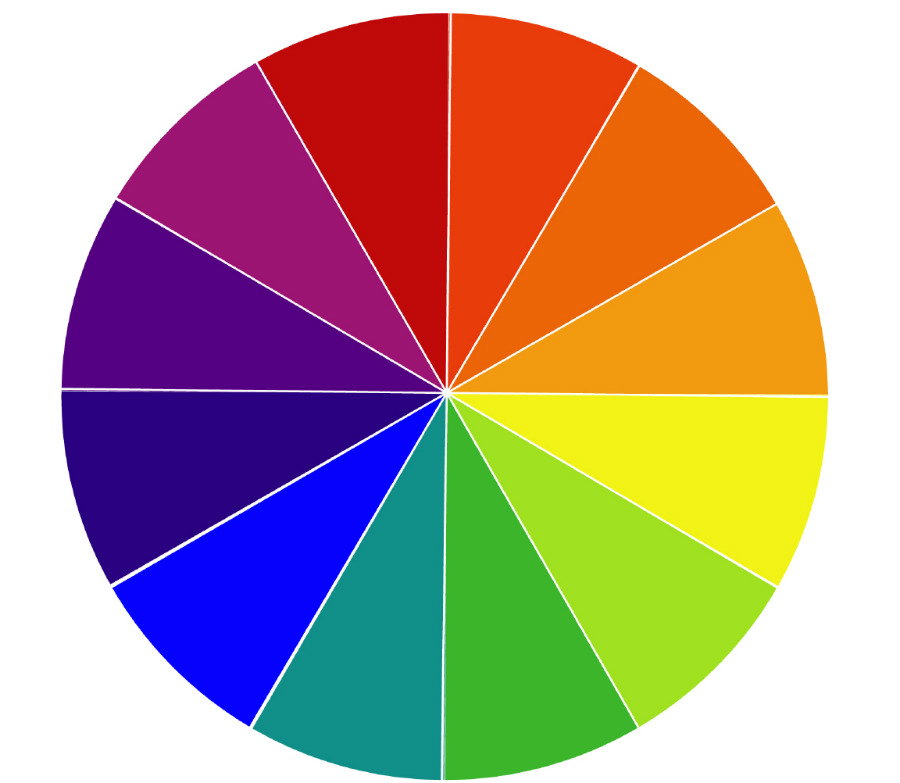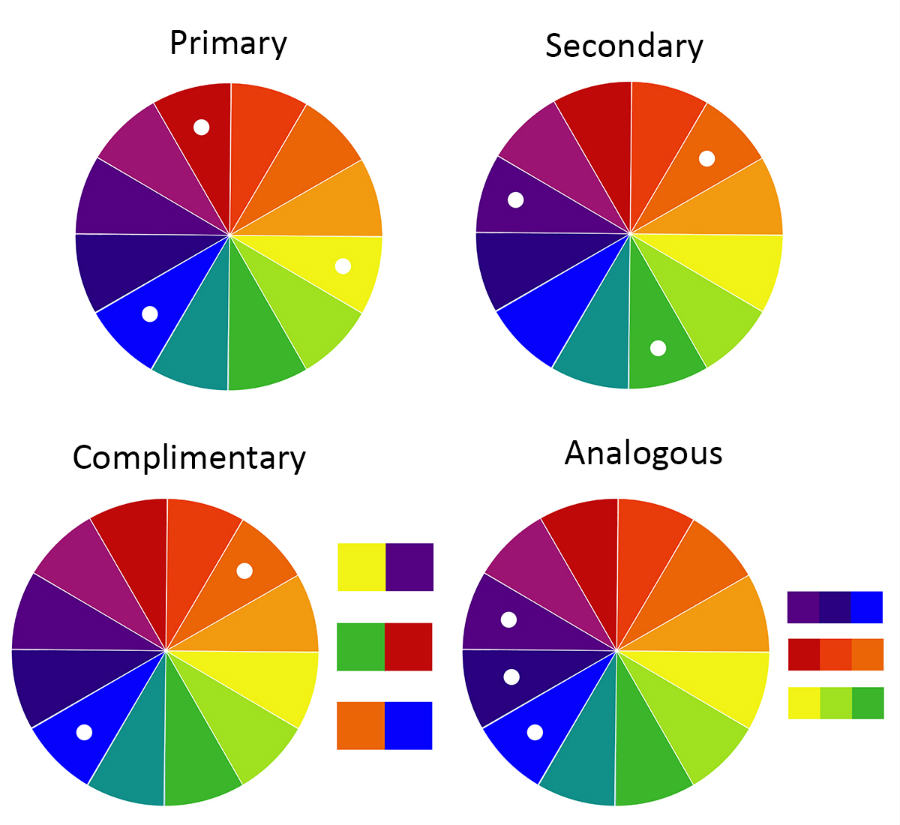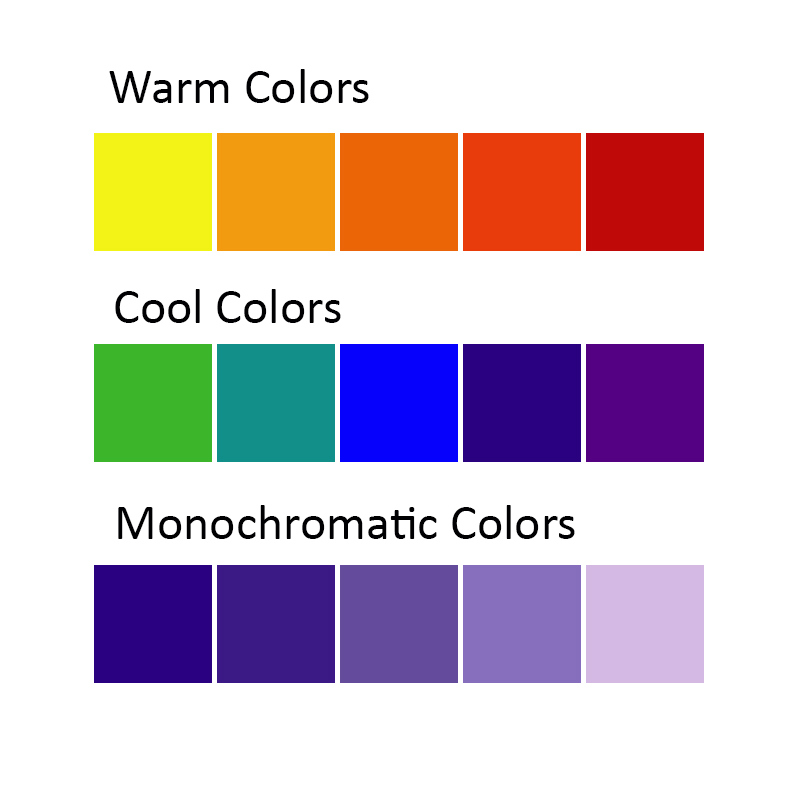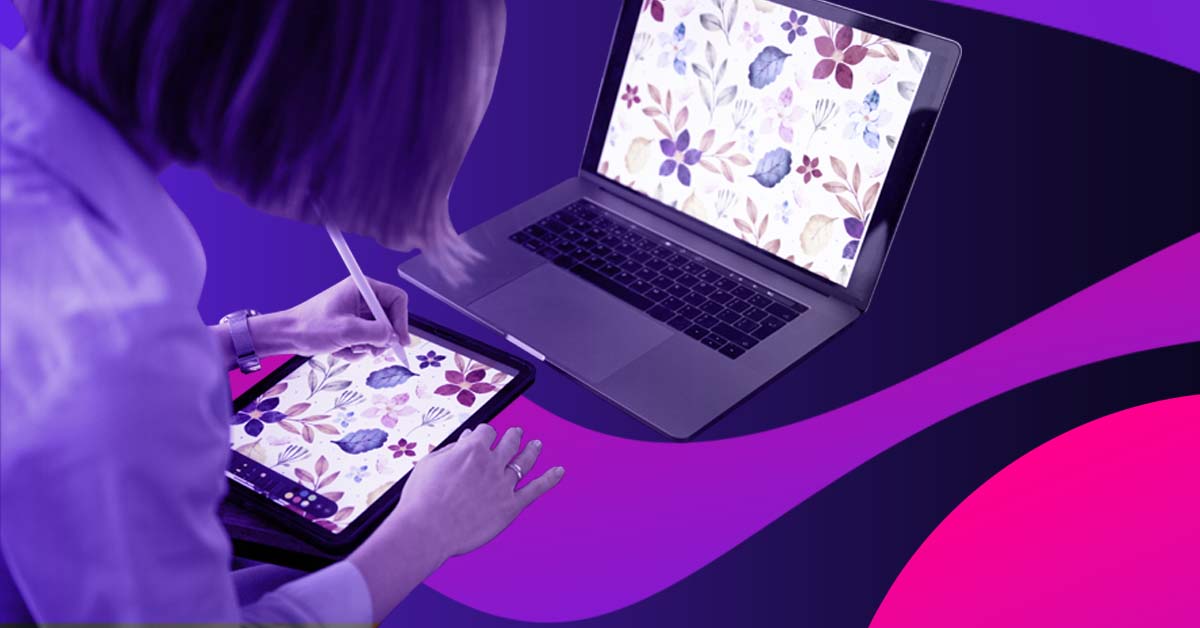Entrepreneurs have a lot on their minds. In between all the meetings and product improvements, they also have to learn about colors. Why is this so? It’s because colors can do a lot more for businesses than just personalize it.
Color influences human behavior and emotions. And in business, we aim to evoke emotions and persuade consumer behavior to favor us. From building your brand to customizing your marketing strategies, color theory is essential, and Penji can help you with this. We have a team of professional designers that knows color and how to use it efficiently.
Here are the basics of color theory that every entrepreneur must know:
What is Color Theory?

Color theory is the term to describe the set of rules and guidelines concerning the use of color in art and design. It is both a science and art that aims to communicate a design message on physical and psychological levels effectively. Knowledge in color theory can help designers and entrepreneurs create color combinations that are pleasing to the eyes and senses.
The proper use of colors can help create a positive image for your brand as well as contribute largely to memory recall. Color theory helps us choose the best color schemes for our designs. It lays the ground for understanding how we can come up with color combinations that work.
The Color Wheel
The three categories of colors are primary (blue, red, yellow), secondary (orange, green, violet), and tertiary (red-orange, blue-green, and so on). Primary colors are the basics, while secondary colors are an equal mix of two of the primary colors. If you evenly mix yellow and blue, you’ll get green; an equal mix of red and yellow gives you orange, and a mix of blue and red gives you violet.
Tertiary colors are the results of mixing one primary color with a secondary color. These colors are yellow-orange, red-violet, blue-green, blue-violet, yellow-green, red-orange. There are more sets of colors, such as triads, split-complimentary, tetradic, and square colors that you can explore. Experiment with them to get the most suitable color schemes for your brand.
Using the color wheel as your reference, you’ll see some great color combinations that you can use for your graphic design and marketing strategies.
How Color Theory Helps With Your Business

Colors can give your brand a profound statement to your target market. There’s no denying the power of visuals in getting people to recognize your brand. Thus, choosing colors for your business is crucial. It isn’t just about using your favorite color; it has to have data to back its use.
Your business can truly benefit from understanding what the right colors to use. Factors such as your audience, your brand’s mission, and vision, and what your goals and objectives are should be considered. Remember, the colors you choose will be used across all your marketing strategies and branding, so it’s important to get it right.
Colors are powerful that it can invoke emotions, feelings, or moods and change the behavior of consumers towards their purchase decisions. Research shows that a whopping 75% of consumers base their impulse buying decisions on colors. It’s mainly because colors can dictate a buyer’s perception of a product or service. It is loosely based on what emotions the color of the product or package elicits from them.
To understand it better, here’s a list of colors and what emotions and feelings they give out:
Red
The color of love, romance, and passion, but it can also signify blood, war, and anger. It can also mean danger, but when you lighten it, it becomes pink that we commonly see in brand geared towards women. When used with black, it can be suitable for use in masculine products. Red is a dominant color and can also be used to show power and authority.
Blue
Blue is another versatile color that can change its use depending on the tint or shade. Dark blue can signify sadness, while light blue can project a happy feeling. Think of a clear, blue sky versus the deep, blue sea. While one can invoke feelings of calm and joy, the other gives you melancholic and somber moods.
Yellow
Yellow is the color of sunshine. If you want to create a look of warmth, friendliness, and excitement, yellow is the color to use. Although it can also signify jealousy, it is excellent in getting your attention. Ever wonder why cabs are yellow?
Green
The color of nature and money. When we see green, we often associate it with freshness and cleanliness. It is mostly used in health products and services, as well as the finance industry. When used along with blue, it evokes calmness, serenity, peace, and being one with nature.
Black
Not an actual color as it is the combination of all colors, black is a versatile choice for brands looking to project authority. You can also use it to signify elegance, luxury, and indulgence. You’ll often see it in watches, banks, or jewelry primarily when you use it in combination with other colors.
Orange
A lighter version of red and a stronger choice than yellow, orange can signify warmth and optimism. It can project an image of youth and vibrancy as well as health and nature. When you darken it up a bit, it can illustrate an earthy and rejuvenating vibe.
Tips on Choosing the Right Color Schemes

If you’re just starting your business and are on the lookout for the perfect colors to use, here are some tips on getting it right:
- Understand who your audience is and see what colors appeal to them.
- Think of the adjectives that best describe your brand and see what colors associate with them
- Choose the colors that can blend your preferences with the emotions that you want to get from your audience
Final Thoughts
As an entrepreneur, understanding color theory means getting the most suitable colors for your brand. You don’t have to be an expert. Knowledge of the basics is more than enough to help you use colors to the fullest. Colors are powerful marketing tools if you know how and where to use them properly.
















